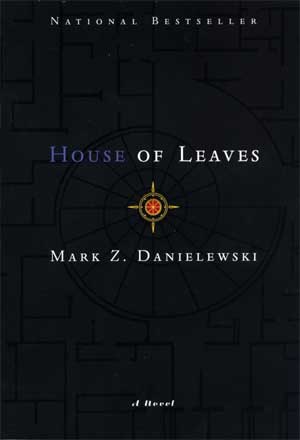Review by Elena Pistolaki
With over a hundred nominations in movie awards around the globe, the “Imitation game” has surely intrigued and accomplished to draw the attention of millions of viewers. Based on Andrew Hodges’ 1983 biography “Alan Turing: The enigma”, the movie narrates the story of the mathematician Alan Turing, who encrypted, along with his team, the so-called unbreakable codes of Germany’s World War II Enigma machine, shortening the war by two years and saving by that millions of lives. His life though ends with suicide, after being convicted to “gross indecency”, accusations that refer to his homosexuality and was subjected to chemical castration, in exchange of not being sent to prison.
The opening scene puts us in 1951, when two detectives investigate the mathematician after an apparent break-in at his apartment. During his interrogation process, Turing (Benedict Cumberbatch) tells off his time working at Bletchley Park. With flash-backs, that are being put strategically inside the narration, the director opens a window to Turing’s childhood, showing the bullying he was subjected to during school time and even his first romantic feelings, directed to Christopher Morcom, a classmate who sparked his interest in cryptography. The story goes on when Turing visits the Bletchley Park to take part in a highly classified program. He, along with his colleagues – Hugh Alexander (Matthew Good), John Cairncross (Allen Leech), Peter Hilton (Matthew Beard) and Joan Clarke (Keira Knightley) – try to encrypt the machine Enigma, a machine that was used by the Nazis to deliver coded messages about future attacks. Throughout this attempt, Alan Turing is being presented as an extraordinary person, of high intelligence but with an inability in social interaction and communication. Despite his “weird” character, Benedict Cumberbatch achieves to make Alan Turing not only likeable but also respected for his persistence and his intelligence. The script also contributes in forming this impression. Short but dense and meaningful dialogues depict exactly the brilliance of his mind, which was already ahead of his time.
The achievement of Turing and his team had been classified for more than 50 years and as a result, no one was recognized for his contribution during his lifetime. “Nora (Grossman) and I felt very passionately that there must be a way to honor a man who was so disrespected at his own time”, said Ido Ostrowsky about the point of view that he and his co-producer shared. In the attempt to capture the essence of Turing’s story, most of the scenes were shot at real places, in London mostly, which Alan Turing had visited and also the selected cast consists of British actors. One of the director’s (Morten Tyldum) little notes is that the camera never rises above Turing’s eye level, indicating and reminding that the whole story is being presented by his perspective.
After various difficulties that Turing and his team had faced, moral dilemmas and obstacles from his superiors who tried to degrade the whole project, they managed to encrypt the notorious Enigma machine. So far, the whole plot was built around the decoding of the machine, creating an atmosphere of agony and suspense. Nevertheless, other, minor themes occurred through this narration. The presence of a woman in the investigation team and the difficulties she had gone through in order to participate, depict the social discrimination that women went through in those years. Although Joan Clarke had passed the intelligence test, she could not participate in the program, until Alan Turing convinced her father that she wouldn’t work with men. He even proposed to her, in order to maintain her in the group, when her family asked her back home because she wasn’t married. And she accepted, despite the fact that she knew about Turing being homosexual. Seen from this angle, Clarke played a significant role in Turing’s life and Keira Knightley managed to transmit this complex but carrying emotional relationship to the viewers, without creating a doubt about its credibility and purity.
The investigations about Turing were conducted through the whole story, only to reveal that in the end, he was accused of indecency, due to his homosexual preferences and was convicted to chemical castration, as a form of punishment. It is estimated that around 49.000 men were convicted of consenting same-sex relations under the British gross indecency law, which was only repealed in 2003. So as the movie comes to its end, raises the issue of a man, who not only was recognized and honored for his tremendous contribution to humanity but instead, was deeply mistreated and humiliated due to his sexual preferences. The producing team has accomplished its goal. The movie depicts in the most modest and credible way the story of a man, whose extravagant and brilliant mind contributed to the ending of the war but not only was never recognized for that but in a cynical way punished for his nature, leading to his suicide.
